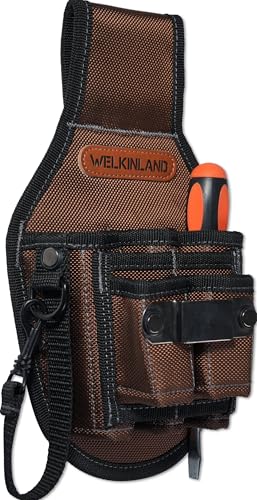Hi Kurt,
I'd say the Aussie ones are similar to the NZ ones, and our ones as standard, draw 13 amps for 7 or less seconds, then drop to 9.5 amps for most of the charge, then drop to 4 to 5 amps for the rest of the charge.
This means a normal NZ house plug / socket, rated to 10 amps will get warm to the touch, not hot, if left on overnight for a long charge, similar to what happens on a 2, 400 watt heater plugged into the wall socket.
For best safety, I'd suggest that a new 20 amp fixed wire line be mated to a 15 amp socket. Then it won't get warm.
The other thing you could do is import a modified iMiEV or Nissan leaf ESEV,from esevupgrades.com, which tells the on board charger how much power is available to draw from the wall socket.
You can then set it to a lower rate, say 7 amps and the 10 amp wall socket won't get warm or set it to higher if you are somewhere the 15 amp sockets are installed.
The on board charger only goes to 3.3 Kw so about 13.75 amps max.
Having the ability to lower the charge rate to say 1,600 watts also means you can recharge on the side of the road via a carried Honda 2000i , 1,600 watt inverter generator to get you those last few kms short of range back in the battery.
takes about 5 minutes or so per km restored roughly. So say you were about 15 km short on range, and pulled over for a coffee and a bite to eat, pulled out the quiet generator, plugged in and recharged for say 70 minute, you should have about enough to get home.

Oh, the standard iMiEV ESEV plug is 15 amps, but getting an adaptor such as an ampfibian would make it easy and safe to plug in at most sockets that are 10 amps if you check on the temp of the wall socket from time to time. The ratings are within safety specs but getting close to the limits. But the iMiEV is less loadwise to say a 2.4 Kw heater.
If you need a faster charger, there is a portable Coffee and Charge one, for about $ 37, 000 online I think, will be getting one when they get to $ 27, 000.
iMiEVNZ7


































